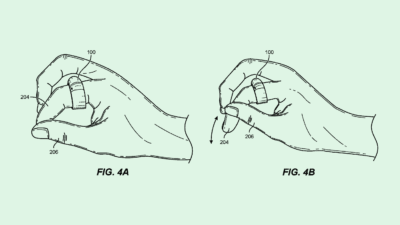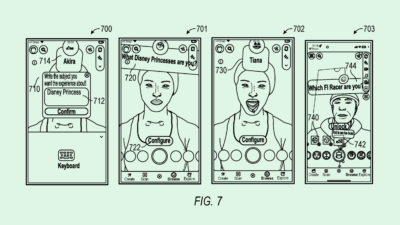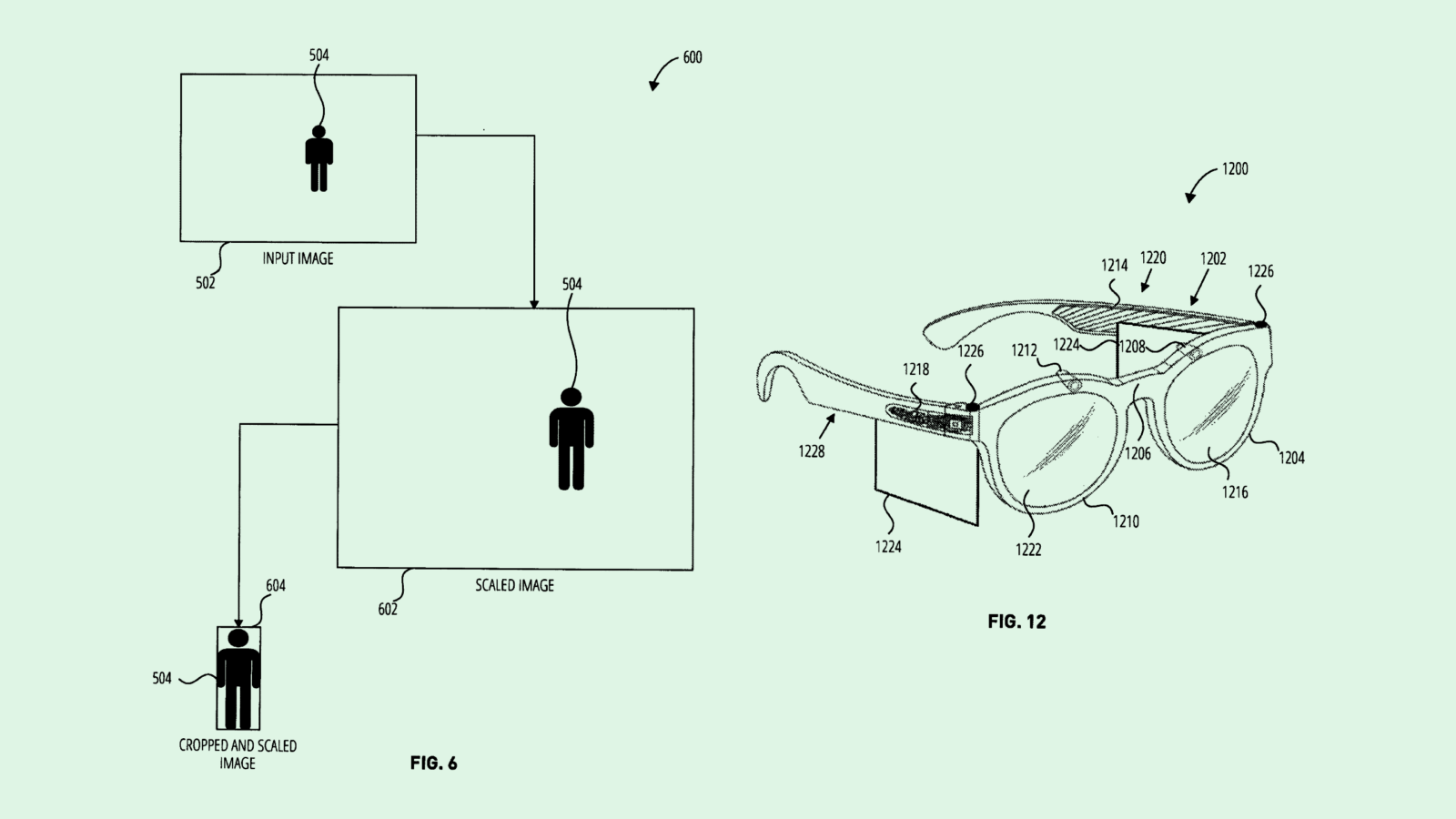Snap Voice-Control AR Patent Highlights Roadblocks to Adoption
The company has struggled to get its smart glasses off the ground, and faces roadblocks in cost and form factor, experts said.

Sign up to uncover the latest in emerging technology.
Snap wants you to feel heard.
The company filed a patent application for “voice input for AR wearable devices,” referring to its smart glasses. Snap’s tech aims to give its users more control over their augmented reality interfaces.
“Often, the wearable devices have very little room for interface controls on the wearable devices,” Snap said in the filing. By using voice control, this tech allows users to “operate [these devices] in a more user-friendly manner.”
Like many voice assistants, Snap’s tech would rely on a specific command or wake phrase (such as “Hey, Spectacles”) to kick into gear. A “keyword module” is trained to recognize that specific wake phrase, “and, in some embodiments, only the keyword,” said Snap. “This reduces the power needed to process the audio data.”
A second module then listens and analyzes the audio data containing the command itself. Snap’s tech may send this stream of audio to an external system for processing as a means of saving the glasses’ processing power, which is especially helpful for more complex commands.
Additionally, Snap’s tech would include an “application registry,” which connects different commands with different apps. For example, if you’re wearing a set of AR glasses that connects to a music app, it may associate actions such as “play” or “next song” with that app. If you’re playing an AR game within the glasses, it may associate different voice commands with actions during play.
Snap’s tech isn’t entirely revolutionary. Plenty of companies have wakeword-powered digital assistants, and Meta’s collaboration with Ray-Ban for voice-controlled AI smart glasses is quite similar to Snap’s pitch (minus the AR visuals). And if we’ve learned anything from Meta’s artificial reality bet, it’s that it costs a lot of money — $4.5 billion in the recent quarter and $50 billion cumulatively.
Snap, however, has been playing in this space for years. The company dropped its first pair of Spectacles in 2016, and has steadily been releasing new editions and filling up its stable of patents with things like AR hand control, gaze-tracking techniques, and high-tech prescription lenses since. However, little has come of these exploits, with the company pivoting its attention to AI to advance its AR efforts.
So what will it take for Snap to see a return on its investment? In the case of smart glasses, form factor is everything, said Jake Maymar, AI strategist at The Glimpse Group. In order for people to actually want to wear these devices, they need to last long, have little to no latency, and be “camouflaged” as a pair of normal glasses, he said.
“Whoever gets to augmented reality glasses that are fashionable and lightweight wins,” said Maymar. However, when accounting for AR visuals as Snap’s patent aims to, the tech hasn’t quite reached that point yet — at least not affordably, he said.
The other problem is the company’s core audience, said Thomas Randall, advisory director at Info-Tech Research Group. Unlike the broad audience that Meta’s series of apps commands, Snap’s audience skews far younger, he said, and generally doesn’t have access to the income necessary to splurge on expensive headgear. The question remains, Randall said: “Who’s your target audience for it? Does the technology justify the cost?”
“It doesn’t look like it’s going to be paying off in the short term,” Randall said. “They’ve been investing in this technology for a number of years. So how much longer are investors willing to tolerate?”











